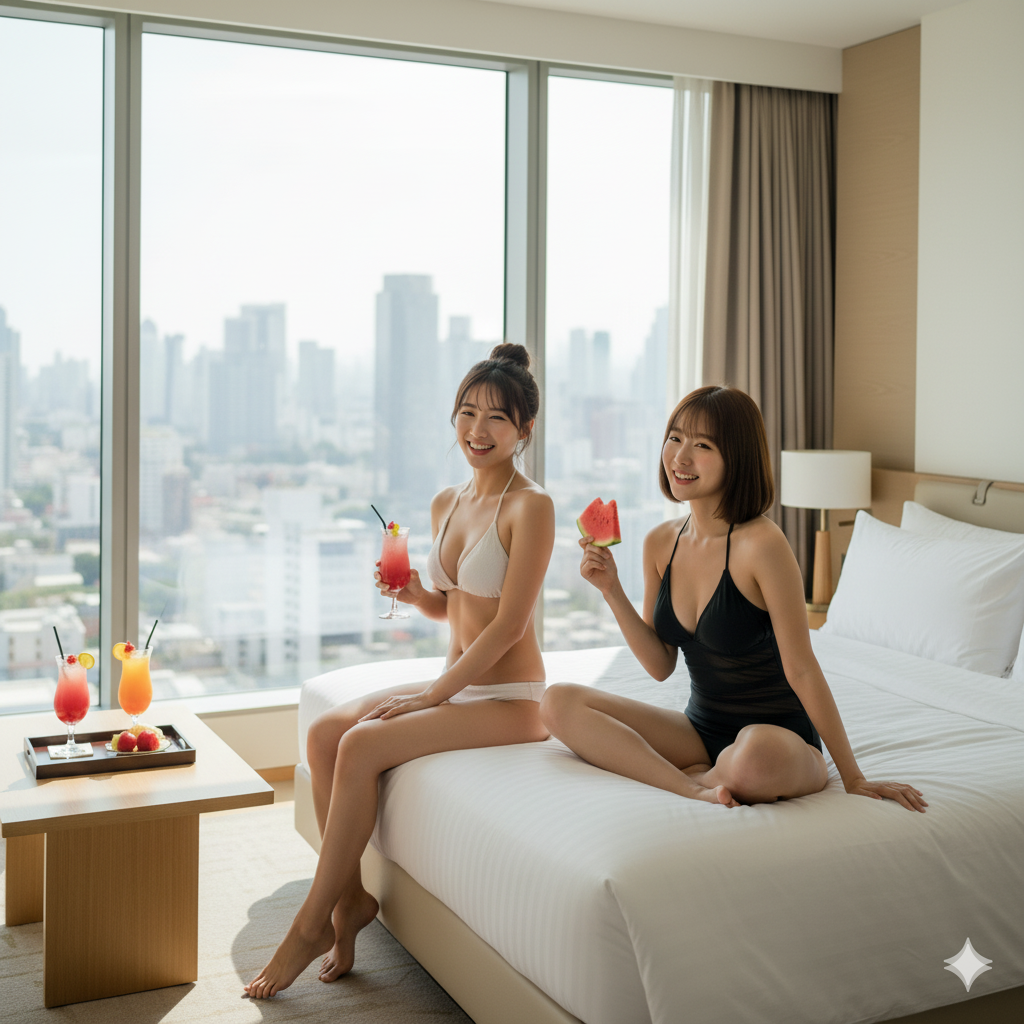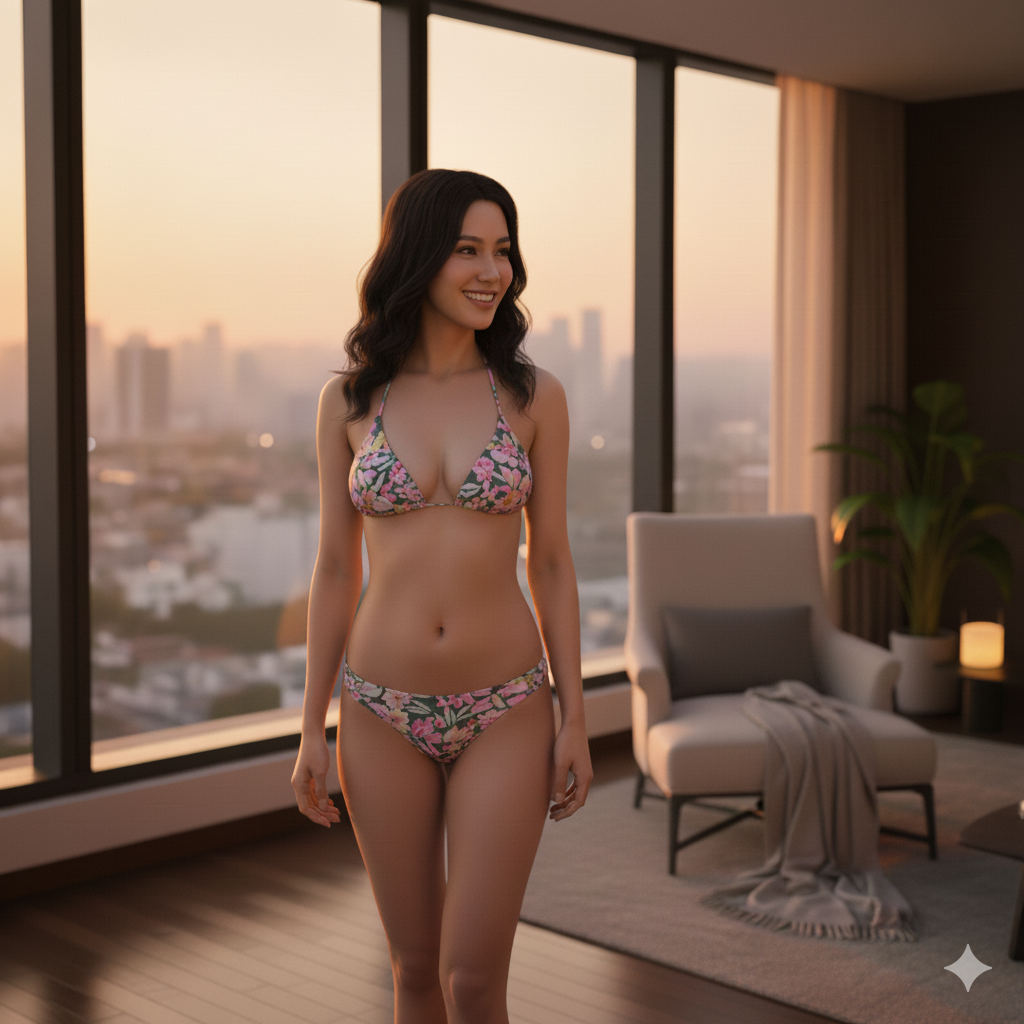
This plain‑English map guide pinpoints Kabukicho, Golden Gai, Ni‑chome, and Yoshiwara history with links to official maps, laws, and police contacts. You’ll get step‑by‑step routes, price checks, etiquette, and red‑flag tips to stay safe and avoid touts. Reading time: ~15–18 minutes.
“My best nights in Tokyo were simple: choose venues that post prices, skip street touts, pay as you go, and keep my route near busy streets and a koban (police box). The map on my phone did the rest.”
1. What is this map and how do you use it?

1-1 Map Basics
Your phone map is great for streets, but official PDFs give traveler‑friendly landmarks and walking routes. GoTokyo’s Shinjuku map flyer is accurate as of August 2024 and includes station‑area enlargements and walking routes (GoTokyo: SHINJUKU MAP & GUIDE). For on‑site wayfinding inside the station, use JR East’s English guide (JR East: Shinjuku).
1-2 Boundaries & Landmarks
Kabukicho centers north‑east of Shinjuku Station around landmarks like Kabukicho Ichiban‑gai Gate and Tokyu Kabukicho Tower. Golden Gai’s six alleys sit just south‑east of Kabukicho (GoTokyo: Golden Gai). A quick historical orientation for the former Yoshiwara area is provided by Taito City’s cultural pages (Taito City).
1-3 Legal Context (What’s allowed)
Japan prohibits prostitution nationwide (see the Anti‑Prostitution Act listing on the government translation site: Japanese Law Translation). Many nightlife categories are regulated—not banned—by the Act on Control and Improvement of Amusement Business. Stick to transparent, licensed venues, and you’ll be fine.
Bottom line: Combine official maps with posted‑price venues to navigate confidently and legally.
2. Where are the hotspots and which stations are best?

2-1 Kabukicho & Golden Gai (Shinjuku)
From JR Shinjuku’s east side, you can walk to Kabukicho in minutes. See the official spot pages for landmarks and “See on Map” links: Kabukicho Tower and Golden Gai. For station exits and concourses, consult JR East’s Shinjuku Station guide. Kabukicho’s official portal also provides history and area orientation (Kabukicho Official), and the tower’s floor guide map is available in English PDF (Tokyu Kabukicho Tower Floor Guide).
2-2 Shinjuku Ni‑chome (LGBTQ+ hub)
Ni‑chome sits east of Shinjuku’s main drag, near Shinjuku‑Sanchome Station. Use the city’s law & manners page for general expectations (GoTokyo: Local Laws) and JR East for navigation support (JR East: Shinjuku).
2-3 Yoshiwara history area (Asakusa/Taito)
The Edo‑period licensed quarter no longer exists, but history walks remain in Taito City north of Asakusa. The simplest access is the Hibiya Line to Minowa Station (H‑20), then a short taxi/bus. For background, start with Taito City’s cultural overview.
| Area | Nearest Station(s) | What to open on your phone | Good for |
|---|---|---|---|
| Kabukicho (Shinjuku) | JR Shinjuku (East side) | Kabukicho Tower (map), JR East: Station map | Photogenic neon, late‑night food |
| Golden Gai | JR Shinjuku / Shinjuku‑Sanchome | GoTokyo: Golden Gai (map) | Tiny bars, conversations with staff |
| Shinjuku Ni‑chome | Shinjuku‑Sanchome | Local laws & manners | LGBTQ+ friendly bars & clubs |
| Yoshiwara history area (Taito) | Tokyo Metro Minowa (H‑20) | Minowa station page, Taito City culture | Daytime history strolls near Asakusa |
Bottom line: Navigate by stations—JR Shinjuku for Kabukicho/Golden Gai/Ni‑chome; Tokyo Metro Minowa for the Yoshiwara history zone.
3. How to plan a safe, respectful night (routes & etiquette)

3-1 Quick Etiquette
Skim the city’s guidelines on local laws and manners (GoTokyo). Many small bars add a modest seating charge; just ask kindly before you sit. If anyone offers to “guide” you from the street, decline.
3-2 Step‑by‑Step Route Using Official Maps
- Start at a known landmark (e.g., Kabukicho Ichiban‑gai Gate) and note the nearest koban. The National Police describe koban/community safety here: NPA (PDF).
- Open GoTokyo’s spot page with “See on Map” and choose a bar that posts its prices (Golden Gai works well for first timers).
- Confirm any cover (otoshi) and per‑drink price before sitting; pay as you go and keep receipts.
- Set an alarm for your last train and keep JR East’s page handy for directions back (JR East: Shinjuku).
- If anything feels off, walk to a bright, staffed venue or a koban. For emergencies dial 110 (TMPD English).
3-3 Services & Help Desks
JR East’s Shinjuku Travel Service Center offers multilingual support (JR East: Service Center). For citywide safety guidance, see JNTO’s emergency page (JNTO: Emergencies).
Key Benefits
- Official maps reduce wrong turns and stress.
- Price checks at the door prevent surprise fees.
- Police and tourist resources are a tap away if you need help.
Bottom line: Stick to mapped routes, posted prices, and well‑lit streets.
4. Prices, covers, and budgets (so you don’t overpay)

4-1 Posted Prices & Covers
Conclusion → number → source: Typical covers (otoshi) at small bars run about ¥300–¥1,000 per person. Always confirm at the door; Golden Gai’s official page encourages checking hours and customs (GoTokyo: Golden Gai). ※Reference.
4-2 Nomihodai (Time‑limited all‑you‑can‑drink)
Conclusion → number → source: Common plans run roughly ¥1,500–¥3,000 for 90–120 minutes, varying by venue and area; confirm time limits and drink lists on menus or official pages like JNTO for general traveler tips. ※Reference.
4-3 Sample Budgets by Area
Shinjuku (Golden Gai + ramen): one drink + possible cover, then noodles. Keep JR East’s station guide handy to catch the last train (JR East). Yoshiwara history walk is mostly daytime—train to Minowa, coffee nearby, and back toward Asakusa.
Bottom line: Read the menu, confirm any cover and time limit, and you control the bill.
5. Safety: koban, anti‑touting rules, and red flags

5-1 Police & Koban Numbers
For emergencies, dial 110 (police). The TMPD’s English page summarizes contacts (TMPD English). There are 800+ koban in Tokyo according to the metropolitan multilingual safety portal (Tokyo Tsunagari: Koban).
5-2 Anti‑touting in Shinjuku
The Shinjuku Police handout details common scams and urges visitors not to follow touts (TMPD PDF). For area maps and current visitor information, check the Shinjuku tourist map (accurate as of August 2024) from the city/GoTokyo (SHINJUKU MAP & GUIDE).
5-3 Red‑Flag Checklist
- No menu or prices at the entrance.
- Street solicitation: someone insists on “guiding” you to a venue.
- All‑you‑can‑drink with no clear time limit or drink list.
- Refusal to provide a receipt on request.
Caution: If a promoter pressures you, walk away and relocate to a bright, busy street or a koban. Dial 110 for emergencies; for non‑emergencies many prefectures use #9110 (see TMPD).
Bottom line: Ignore touts, choose transparent venues, and keep police contacts handy.
6. Summary & Next Steps

6-1 One‑Night Map‑First Plan
Start at Hanazono Shrine before dusk, walk into Golden Gai for one chatty drink, ramen stop, then finish near Kabukicho Tower’s plaza and stroll back to JR Shinjuku. Keep GoTokyo’s Shinjuku map and JR East’s guide open.
6-2 Where to Ask for Help
Police: 110 (see TMPD English). Tourist maps: GoTokyo Shinjuku PDF. Station support: JR East Travel Service Center. Yoshiwara access: Tokyo Metro Minowa.
6-3 Final Word
Tokyo nights reward curiosity and courtesy. With the right map tabs open and a few friendly questions, you’ll collect stories that outlive the last train.
Bottom line: Map first, manners always, and you’re set.
Recommended: A map‑smart way to enjoy Tokyo at night
If you’re Googling “tokyo red light district map,” you probably want clarity, not hype. You want to know where to walk, what’s legal, how much it costs, and where to ask for help—without wasting time or money. That’s exactly where SoapEmpire fits in. Instead of guessing which alleys are friendly to visitors or which bars list their prices clearly, you can use a platform built for travelers and expats that organizes Tokyo’s nightlife into simple, map‑first choices.
The problem many visitors face is information overload: mixed‑quality blogs, outdated rumors, and vague directions. SoapEmpire cuts through that with plain‑English explainers for Kabukicho, Golden Gai, Ni‑chome, and the Yoshiwara history zone, aligning its guidance with official resources like city tourism pages, police advisories, and transport maps. The result is less stress and more conversation—you spend the night enjoying tiny bars and local ramen, not second‑guessing every corner.
Here’s what you get: English‑friendly pages, clear breakdowns of systems and cover charges, and traveler reviews you can filter by vibe. Because SoapEmpire emphasizes lawful, transparent venues, it naturally steers you away from pushy street solicitation and toward places that post prices and welcome questions. If you searched for tokyo red light district map or similar terms, expect concise neighborhood explainers, step‑by‑step routes, and reminders about the law (Japan bans prostitution; other nightlife is regulated) so your plan stays respectful and safe.
Most importantly, SoapEmpire is practical. It helps you compare hot spots around JR Shinjuku, pick a first bar in Golden Gai, plan a late‑train retreat, and even look up day‑time history walks north of Asakusa. You keep control of your budget and timeline—and come home with the kind of stories that start with neon and end with friendly bartenders. For more details, please contact us via the inquiry form.
FAQ
Which station is best for Kabukicho and Golden Gai?
JR Shinjuku Station (east side) puts you within a short walk. Use JR East’s station map and the city spot pages for on‑street orientation (Golden Gai, Kabukicho Tower).
Is prostitution legal in Tokyo?
No. Prostitution (paid intercourse) is prohibited nationwide. See the government listing for the Anti‑Prostitution Act on the official translation site (Japanese Law Translation) and the regulation of nightlife businesses under the Act on Control and Improvement of Amusement Business.
What number should I call in an emergency?
Dial 110 for the police anywhere in Japan (see TMPD English). For general traveler safety guidance, check JNTO’s emergency page.